Heading to Finland to See the Northern Lights? Here’s How to Maximize Your Chances
The Northern Lights, also known as the Aurora Borealis, are a mesmerizing natural phenomenon that fulfill the dreams of many travelers and nature enthusiasts. Northern Lapland, particularly places like Inari and Utsjoki, offers an excellent opportunity to witness this awe-inspiring spectacle. In this article, we will share tips on how to maximize your chances of admiring the Northern Lights.
1. Head as Far North as Possible in Lapland
The first step in Northern Lights hunting is to go as far north as you can. Inari, Utsjoki, and Kilpisjärvi provide ideal conditions for spotting the Northern Lights. The farther north of the Arctic Circle you are, the better your chances of seeing these colorful lights dancing across the sky. While it’s true that the Northern Lights can occasionally be seen further south, such as in Rovaniemi or Oulu, if you’re coming to Finland for just a few days and want to maximize your chances, seize the opportunity and head to the northernmost parts of Lapland.
According to the Finnish Meteorological Institute: “In Kilpisjärvi, when the sky is clear during the dark time of the year, the Northern Lights are visible on average three out of four nights (75% of nights). In Utsjoki, this ratio is about 10 percentage points lower.”
You can find hotel and cottage accommodations in local villages like Kilpisjärvi, Hetta, Ivalo, Inari, Karigasniemi, and Utsjoki. See point 7 for more accommodation tips.
The northernmost airport is in Ivalo.

2. Arrive Between September and March
In the northernmost Lapland, the time of the midnight sun is long. The Northern Lights are not visible when the sun is shining or when it’s otherwise bright outside. From late September to March, the nights are dark enough to see the Northern Lights. When choosing your timing, also consider moonlight: a full moon can illuminate the sky significantly and hinder Northern Lights visibility. Opt for a time when the moon is not too bright.
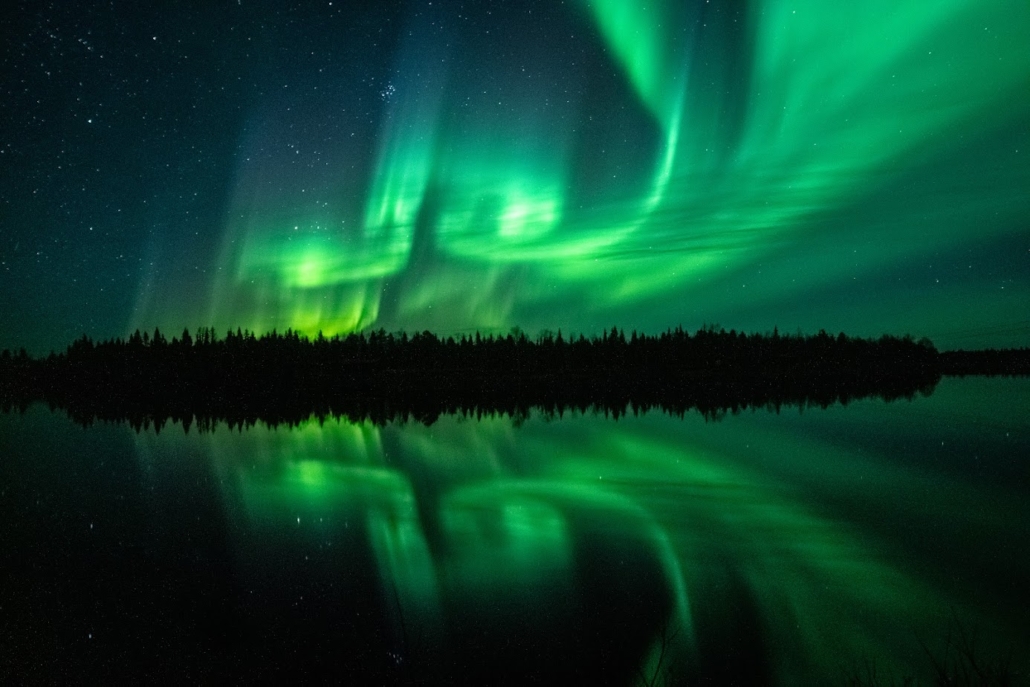

3. Stay a Bit Longer
By spending a bit more time in Lapland than just one or two nights, you increase your chances of seeing the Northern Lights. If you happen to encounter a cloudy night, the Northern Lights won’t be visible. Staying for a week, for example, increases the likelihood of having clear skies during your stay.
If you can rent a car and aren’t afraid to embark on long road trips, you can also check the weather forecast and, if possible, drive from a cloudy area to somewhere with clearer skies. Ask your car rental agency for tips on winter driving in Lapland.
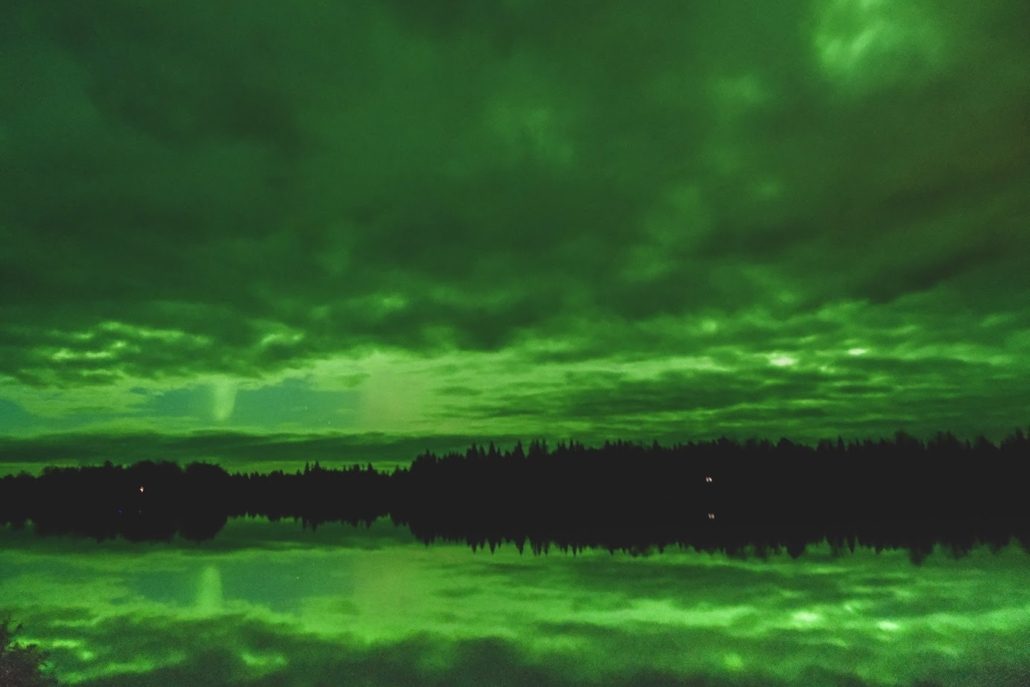
4. Don’t Forget Northern Lights Forecasts and Apps
You can enhance your chances of seeing the Northern Lights by monitoring Northern Lights forecasts and using smartphone apps, such as “Aurora Forecast” or “Northern Lights forecast.” Several free apps provide real-time information about Northern Lights activity and expected appearance times. You can also use the web-based Aurora Alert Realtime service, which alerts you when the Northern Lights are visible in your area. This service covers several locations in Lapland. It’s worth trying out regardless of where in Lapland you are.
5. Choose a Location with Minimal Light Pollution
Seeing the Northern Lights requires darkness, so light pollution is your enemy. In the northernmost parts of Lapland (point 1), there are no major cities, only small villages with streetlights. If you don’t have a car to drive a short distance away from the village lights, you can ask locals for tips on finding a good viewing spot without streetlights. The best Northern Lights viewing location is one where the northern sky is open and unobstructed.
The smaller the town you stay in, the shorter the distance to escape light pollution – for example, Karigasniemi or Utsjoki center is much better for Northern Lights enthusiasts than Rovaniemi center. Keep in mind that streetlights won’t completely block out strong Northern Lights – you can still observe them even from a store’s parking lot. Less light pollution, however, brings out their beauty more vividly.
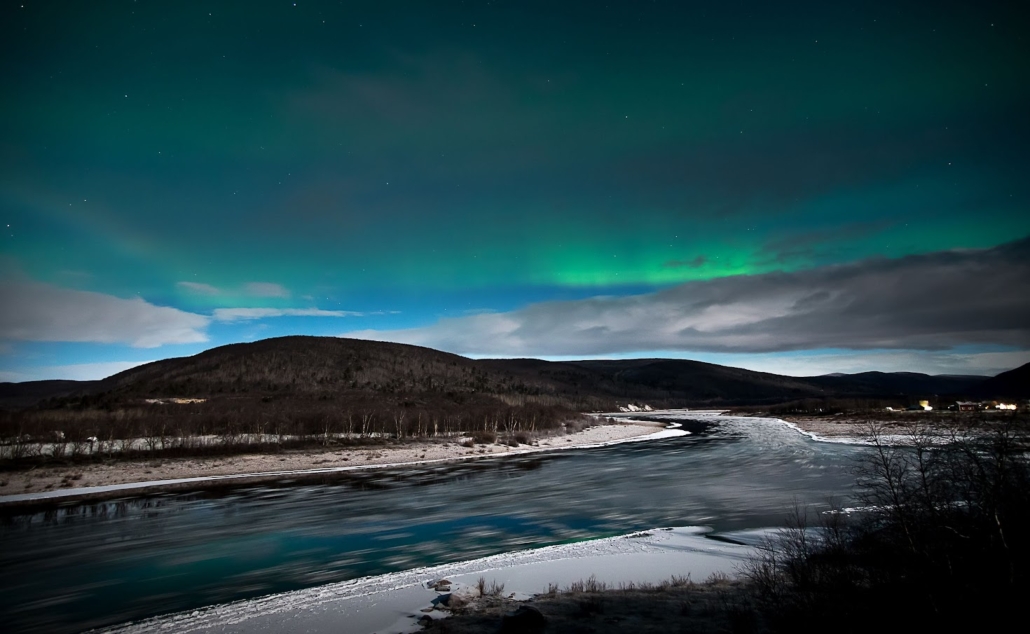
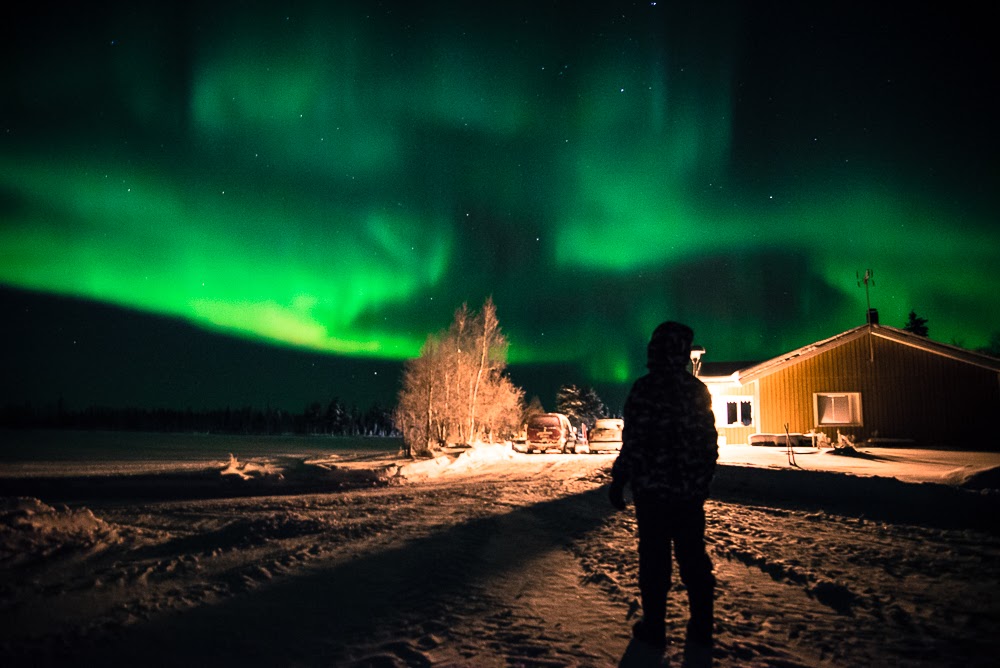
6. Prioritize Safety
When you go out to view the Northern Lights, inform the staff at your accommodation. They can provide you with expert advice on where to go in the local area. You don’t need to venture deep into the wilderness to see the Northern Lights; you can safely observe them from the side of the road (don’t forget good reflectors!) or the outskirts of your accommodation if light pollution is minimal. Northern Lights nights are often cold, so don’t take any risks of getting lost.
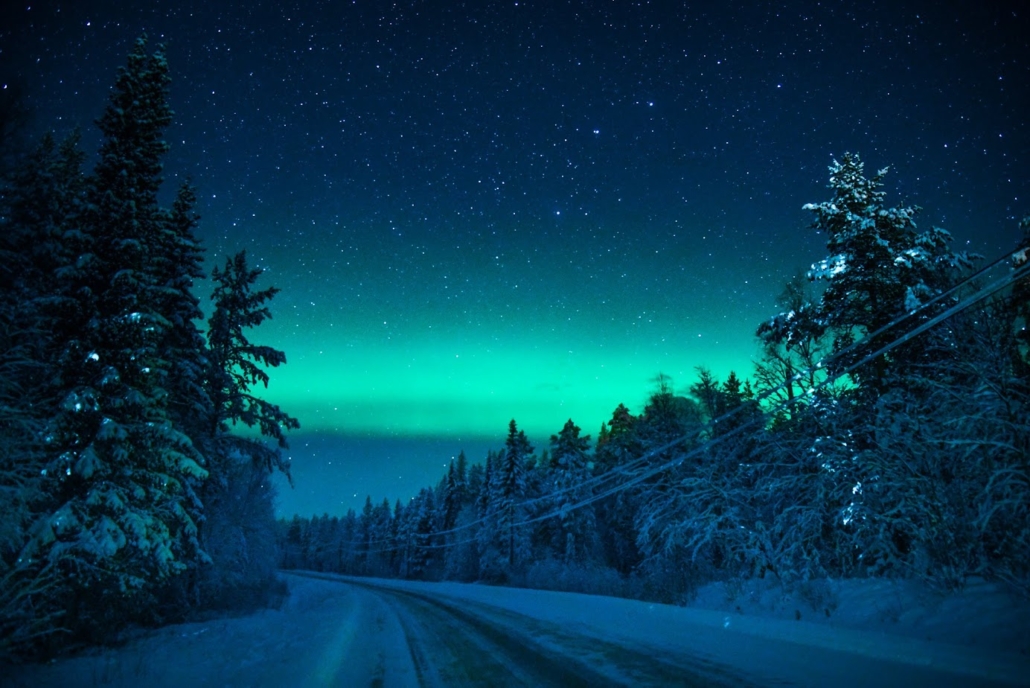
7. Warm Clothing Is Key
Lapland’s winters can be extremely cold, so make sure you’re properly dressed. A clear sky often means severe cold, so it’s crucial to be prepared when viewing the Northern Lights. When heading out, use layered clothing, including thermal wear and winter clothing, a thick hat, a warm scarf, gloves, and warm winter boots. Remember to have good reflectors for visibility, so passing drivers can see you safely by the roadside. When waiting for the Northern Lights, you’ll often be stationary, so prepare for the cold. Don’t venture far from your accommodation until you’re sure you have enough clothing.
If the temperature drops below -20 degrees Celsius (-4 degrees Fahrenheit), consider whether it’s necessary to go out at all. Note that in northern Lapland, there are many igloo-style accommodation options where you can watch the Northern Lights comfortably from your bed.
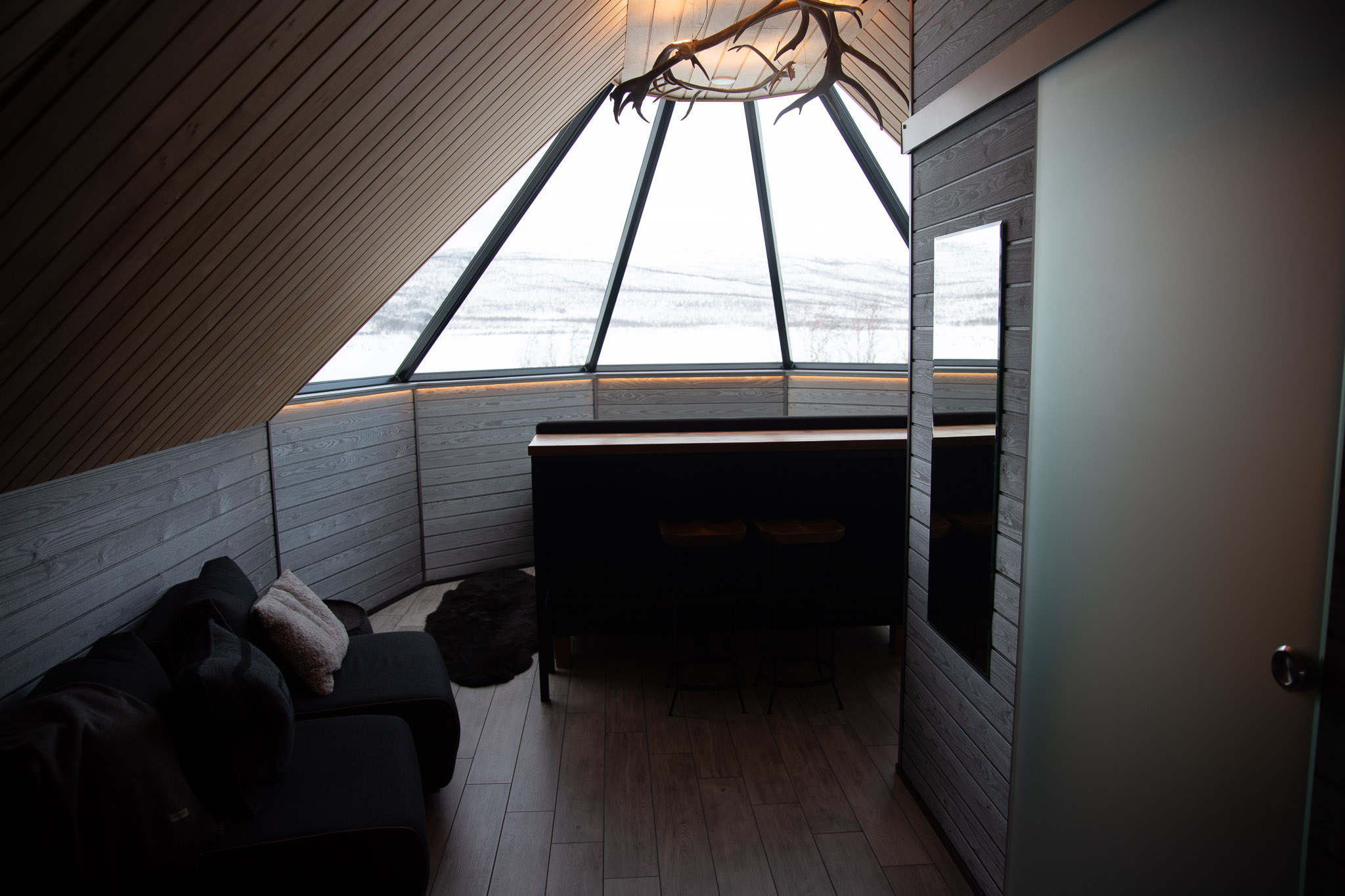
8. Consider Your Phone and Camera
If the weather isn’t too cold, and you want to try capturing the Northern Lights with your phone or camera, use a tripod and longer exposure times than usual. Keep in mind that the bright screen of your camera or phone can dazzle your eyes and make the Northern Lights appear fainter than they really are. The less extra light – including your phone screen – you introduce, the better you’ll see the night sky’s wonders.
On the other hand, also note that in photographs, the Northern Lights often appear more vibrant than they are in reality.
9. Bring Good Company
Watching the Northern Lights is even more enjoyable and memorable with good company. Invite friends or family to join you and savor the magical display of the Northern Lights together. Sometimes, waiting for the Northern Lights can take time, and having company makes the time pass more pleasantly.
10. Be Patient
Northern Lights hunting requires patience. They can appear unexpectedly, but they can also keep you waiting until the late hours of the night or early morning. Don’t lose hope, and give nature the chance to reveal the splendor of the Northern Lights. To do this successfully, proper clothing for staying warm and perhaps some tasty snacks are essential.
Bonus tip: How to tell Northern Lights from clouds?
In most cases, the Northern Lights are easy to distinguish from clouds because their shape is different, and they also change shape in a completely different way than clouds. However, in the case of very faint Northern Lights, it’s not always that straightforward. If you’re unsure whether the night sky is displaying clouds or Northern Lights, try taking a photo of it with a few seconds of exposure time. If the photo shows a green hue, it reveals the presence of the Northern Lights. Clouds, on the other hand, typically appear in various shades of gray in nighttime pictures.
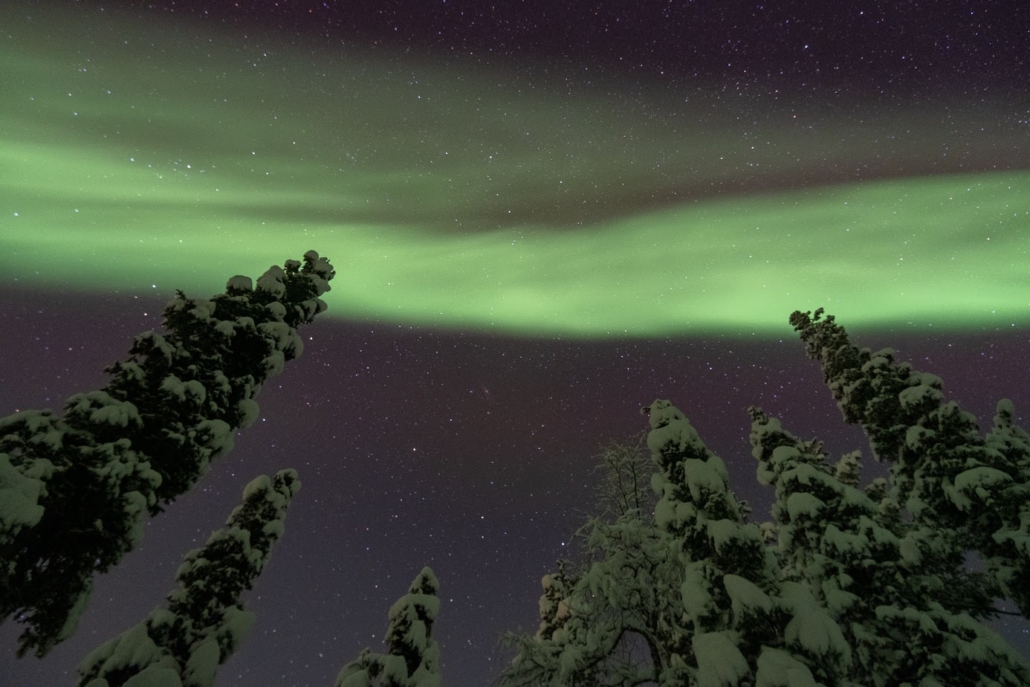

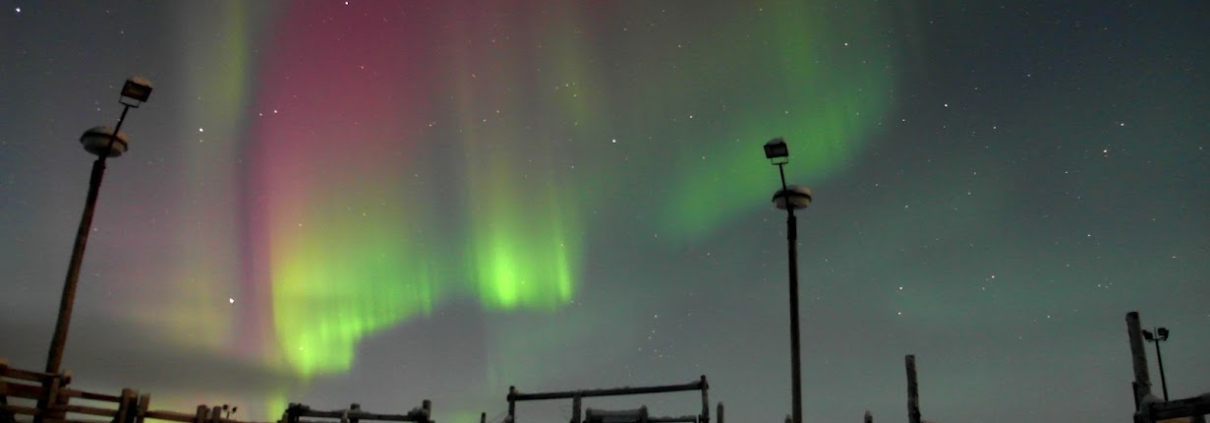



Leave a Reply
Want to join the discussion?Feel free to contribute!